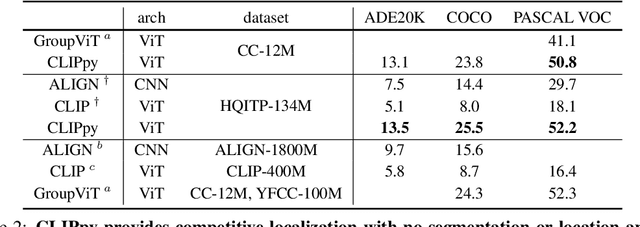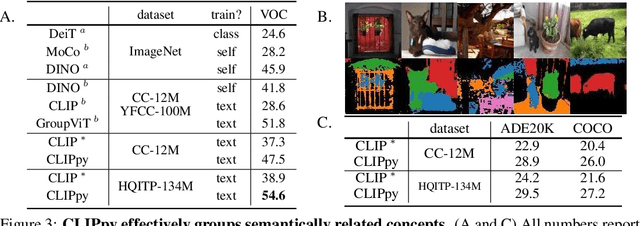Brandon McKinzie
OpenAI o1 System Card
Dec 21, 2024



Abstract:The o1 model series is trained with large-scale reinforcement learning to reason using chain of thought. These advanced reasoning capabilities provide new avenues for improving the safety and robustness of our models. In particular, our models can reason about our safety policies in context when responding to potentially unsafe prompts, through deliberative alignment. This leads to state-of-the-art performance on certain benchmarks for risks such as generating illicit advice, choosing stereotyped responses, and succumbing to known jailbreaks. Training models to incorporate a chain of thought before answering has the potential to unlock substantial benefits, while also increasing potential risks that stem from heightened intelligence. Our results underscore the need for building robust alignment methods, extensively stress-testing their efficacy, and maintaining meticulous risk management protocols. This report outlines the safety work carried out for the OpenAI o1 and OpenAI o1-mini models, including safety evaluations, external red teaming, and Preparedness Framework evaluations.
MM1: Methods, Analysis & Insights from Multimodal LLM Pre-training
Mar 22, 2024



Abstract:In this work, we discuss building performant Multimodal Large Language Models (MLLMs). In particular, we study the importance of various architecture components and data choices. Through careful and comprehensive ablations of the image encoder, the vision language connector, and various pre-training data choices, we identified several crucial design lessons. For example, we demonstrate that for large-scale multimodal pre-training using a careful mix of image-caption, interleaved image-text, and text-only data is crucial for achieving state-of-the-art (SOTA) few-shot results across multiple benchmarks, compared to other published pre-training results. Further, we show that the image encoder together with image resolution and the image token count has substantial impact, while the vision-language connector design is of comparatively negligible importance. By scaling up the presented recipe, we build MM1, a family of multimodal models up to 30B parameters, including both dense models and mixture-of-experts (MoE) variants, that are SOTA in pre-training metrics and achieve competitive performance after supervised fine-tuning on a range of established multimodal benchmarks. Thanks to large-scale pre-training, MM1 enjoys appealing properties such as enhanced in-context learning, and multi-image reasoning, enabling few-shot chain-of-thought prompting.
Pre-trained Language Models Do Not Help Auto-regressive Text-to-Image Generation
Nov 27, 2023Abstract:Recent advances in image tokenizers, such as VQ-VAE, have enabled text-to-image generation using auto-regressive methods, similar to language modeling. However, these methods have yet to leverage pre-trained language models, despite their adaptability to various downstream tasks. In this work, we explore this gap by adapting a pre-trained language model for auto-regressive text-to-image generation, and find that pre-trained language models offer limited help. We provide a two-fold explanation by analyzing tokens from each modality. First, we demonstrate that image tokens possess significantly different semantics compared to text tokens, rendering pre-trained language models no more effective in modeling them than randomly initialized ones. Second, the text tokens in the image-text datasets are too simple compared to normal language model pre-training data, which causes the catastrophic degradation of language models' capability.
On Robustness in Multimodal Learning
Apr 11, 2023Abstract:Multimodal learning is defined as learning over multiple heterogeneous input modalities such as video, audio, and text. In this work, we are concerned with understanding how models behave as the type of modalities differ between training and deployment, a situation that naturally arises in many applications of multimodal learning to hardware platforms. We present a multimodal robustness framework to provide a systematic analysis of common multimodal representation learning methods. Further, we identify robustness short-comings of these approaches and propose two intervention techniques leading to $1.5\times$-$4\times$ robustness improvements on three datasets, AudioSet, Kinetics-400 and ImageNet-Captions. Finally, we demonstrate that these interventions better utilize additional modalities, if present, to achieve competitive results of $44.2$ mAP on AudioSet 20K.
Perceptual Grouping in Vision-Language Models
Oct 18, 2022



Abstract:Recent advances in zero-shot image recognition suggest that vision-language models learn generic visual representations with a high degree of semantic information that may be arbitrarily probed with natural language phrases. Understanding an image, however, is not just about understanding what content resides within an image, but importantly, where that content resides. In this work we examine how well vision-language models are able to understand where objects reside within an image and group together visually related parts of the imagery. We demonstrate how contemporary vision and language representation learning models based on contrastive losses and large web-based data capture limited object localization information. We propose a minimal set of modifications that results in models that uniquely learn both semantic and spatial information. We measure this performance in terms of zero-shot image recognition, unsupervised bottom-up and top-down semantic segmentations, as well as robustness analyses. We find that the resulting model achieves state-of-the-art results in terms of unsupervised segmentation, and demonstrate that the learned representations are uniquely robust to spurious correlations in datasets designed to probe the causal behavior of vision models.
 Add to Chrome
Add to Chrome Add to Firefox
Add to Firefox Add to Edge
Add to Edge